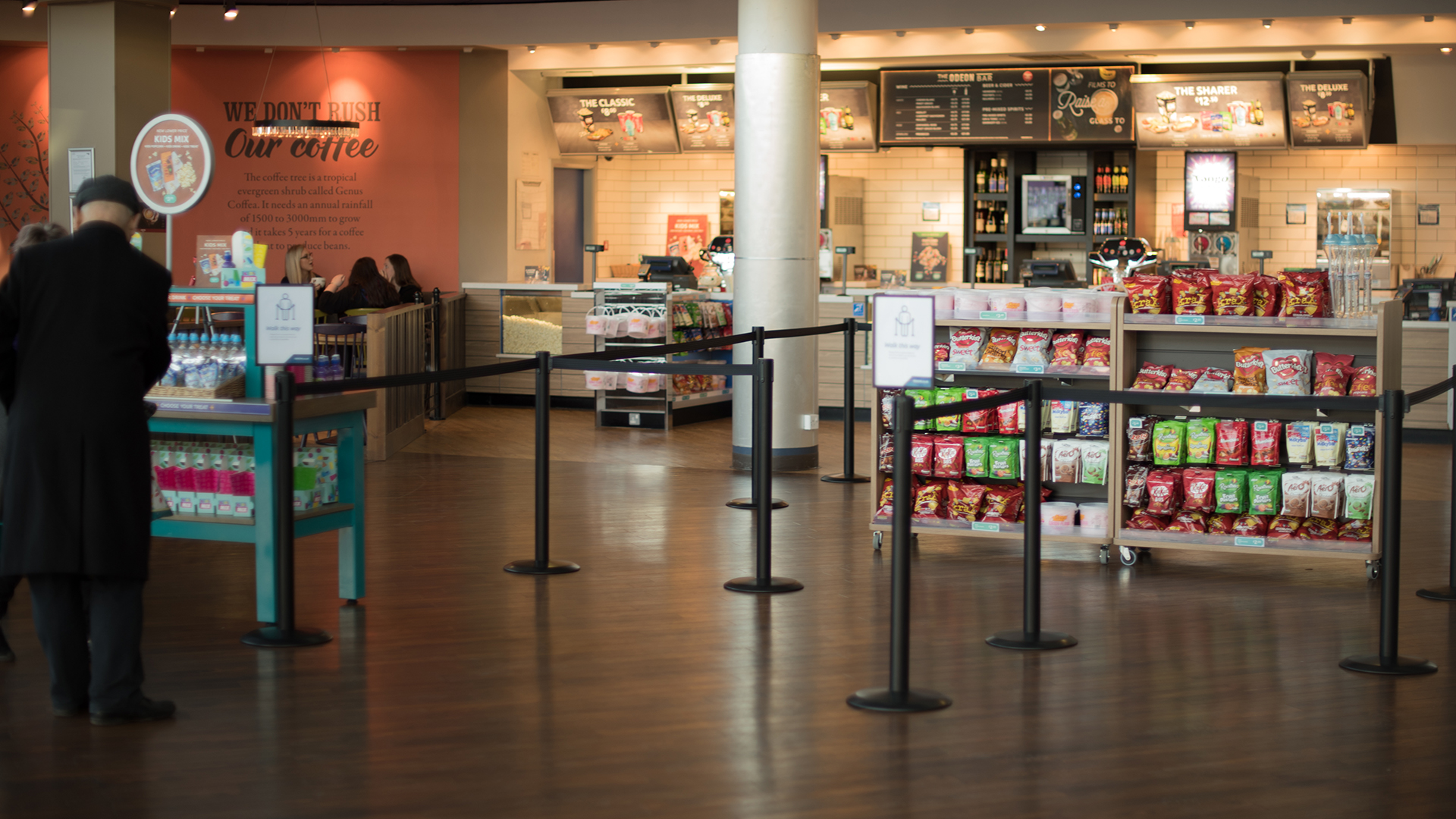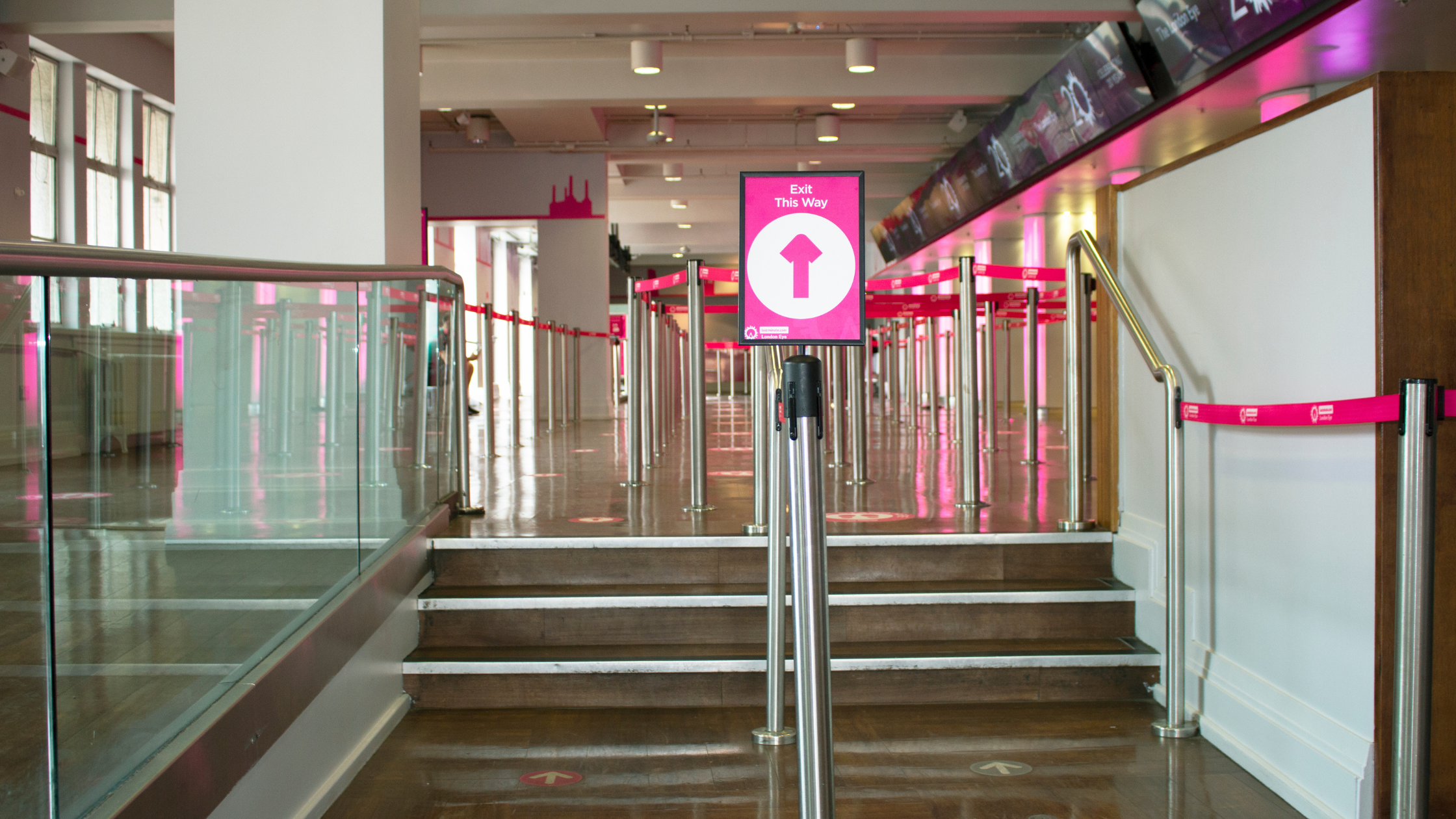- Home
- Sectors
- Solutions
- Tensabarrier®
- Tensamedia® Wayfinding and Signage
- Lawrence® Post & Rope
- Tensator® Airport Passenger Guidance System
- Electronic Queuing – eQ™
- Tensaguide® Modular Barrier System
- Tensator Micam Protection – TMP
- Safety Solutions
- Access Control
- In-Queue Merchandising
- Virtual Queuing – VQMS
- Tensator® Virtual Assistant
- Custom & Bespoke Solutions
- Resources
- About
- Contact Us
- Shop
 English (English)
English (English)
5 best practices to prevent workplace injuries
15
Jan

Making sure your employees are safe through carefully thought out workplace health and safety systems is of paramount importance to all those involved in safety. If your job is to prevent workplace injuries, it’s likely you’re aware of the true cost of accidents and work-related illness to your business. On a national scale, the results are alarming. Key statistics found by HSE for workplace injuries for Great Britain (2016/17) are as follows:
- 3 million working people suffered from a work-related illness
- 137 workers were killed at work
- Over 600 thousand injuries occurred according to the Labour Force Survey
- 31 million working days lost due to work-related illnesses and workplace injuries
- Nearly £15 billion estimated cost of injuries and ill health from current working conditions (2015/16)
Of course, some accidents are inevitable, and unfortunately, we will never be able to completely eradicate workplace injuries. However, there are preventative measures that can be put in place to minimise the number of injuries. Lowering the number of workplace injuries your business experiences will in-turn increase ROI of safety equipment, as well as keeping your employees safe.
As innovators of health and safety systems, Tensator have put together their 5 best practices to prevent workplace injuries:
1). Understand safety vulnerabilities within your business
Every business is unique, and as such faces its own unique safety challenges. Retrospect should certainly be harnessed in the case of injuries at work. Take a look at injuries that your business has experienced over the past couple of years. Are there any recurring accidents? Pay attention to common injuries and develop strategies to ensure these setbacks don’t keep on happening.
Walk around your workplace and note down potential hazards, the level of risk they impose and what measures can be taken to prevent or reduce future incidents. Put timescales in place to complete measures and when to revise their suitability of the risk.
2). Call in the pros to understand your safety concerns
Whether you understand previous accidents or not, it would be beneficial to hire a professional to take a look at the safety measures you have in place and highlight any potential risks you may not have noticed. At Tensator, we take a consultative approach and can create bespoke safety solutions tailored to your business.
3). Educate your employees in best health & safety practices
A crucial part of implementing a strategy to prevent workplace injuries is to educate your employees. Make sure they fully understand the risks they are exposed to and ensure coherence in best practices to avoid an accident. Provide on-going training to keep this information up-to-date and fresh in their minds. Using signage such as posters is a great way to keep health & safety present at all times in a working environment.
When hiring new employees, a proper induction must be in place to take them through your health & safety procedure. If you find that an employee isn’t adhering to your proper safety regulations, you may want to consider disciplinary action.
4). Make risk stand out in dangerous areas
A key injury prevention tactic is to provide clear instruction as to which areas pose the greatest safety risk. Products such as Tensabarriers can be used in order to increase safety and visibility within the workplace by cordoning off dangerous areas. Tensabarriers help to identify potentially hazardous areas before they cause harm.
5). Don’t compromise on safety when it comes to price
When budgets are tight, it can be appealing to scrimp on price and choose a low-cost workplace prevention strategy that includes cheaply manufactured equipment. In the short term, this may lower costs, however, in the long run, it’s likely to incur extra expenditure. Cheap products tend to have a lower shelf life than good equipment and will need replacing sooner. Tensator’s products are not only proven to prevent workplace injuries but are also designed to last. Using our products will ensure a reduction in accidents and in-turn an improvement of the ROI of safety within your business.
For more information on preventative measures you can take to reduce workplace injuries, our health & safety specialists are on hand to help. Our consultative approach is backed by years of experience in this industry and can be used to create personalised workplace safety solutions. Please feel free to contact us here. Alternatively, why not take a look at our health & safety brochure? You can download by clicking the image below.


 How to identify the most common workplace hazards
How to identify the most common workplace hazards  Tensabarrier®
Tensabarrier®  Health & Safety
Health & Safety 


